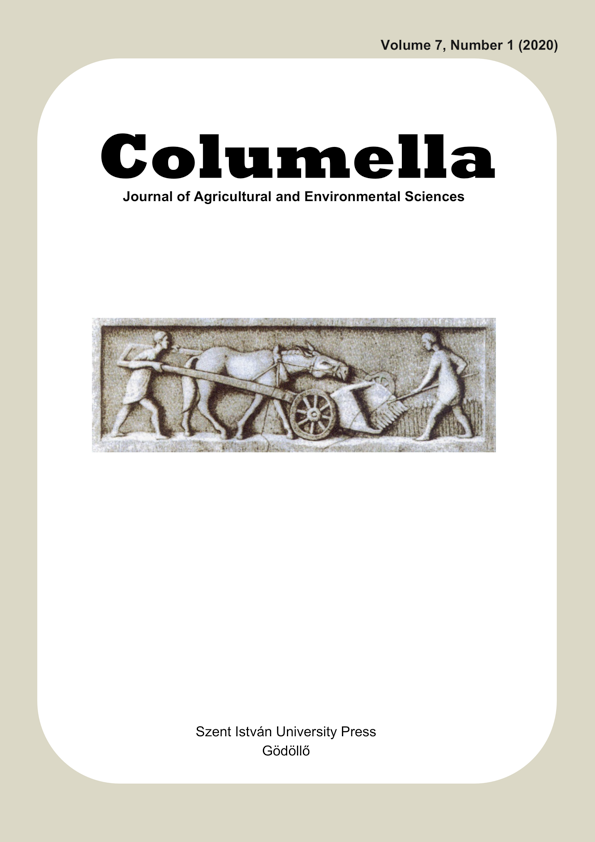How do Central European forest stands respond to climate change - Review
DOI:
https://doi.org/10.18380/SZIE.COLUM.2020.7.1.35Keywords:
climatic exposure, deciduous forests, climate sensitive tree species, forest dynamics, beech, oak, weather extremitiesAbstract
Current global climate change alters the behaviour of species, and this can be also witnessed when investigating the species composition, the structure and the processes of different ecosystems. Today a grow- ing number of researches deal with the climatic exposures of forests, mostly focusing on the responses of the dominant climate susceptible tree species and the direct and indirect impacts of climate change experienced in forests. During literature review we looked for publications investigating the experienced impacts of cli- mate change in our region including responses witnessed in growth, mortality and regeneration capacity of tree species. From different climatic exposures the impacts of increased CO2 level, nitrogen deposition, milder winters and more droughty and drier summers can be experienced most in our region. Publication’s statements on the changes of tree species and forest stands have been grouped and summarized according to the character- istic exposures. Based on the literature data it can be stated that climate change variously alters the tree species composition, mixture ratio and diversity of forest stands and the outcomes of other forest dynamic processes through vitality, production and competitiveness of different tree species.
Downloads
Published
Issue
Section
License
Copyright (c) 2020 Zsófia Szegleti, Szilárd Czóbel, Zita Zimmermann, Ferenc Horváth

This work is licensed under a Creative Commons Attribution-NonCommercial-NoDerivatives 4.0 International License.






